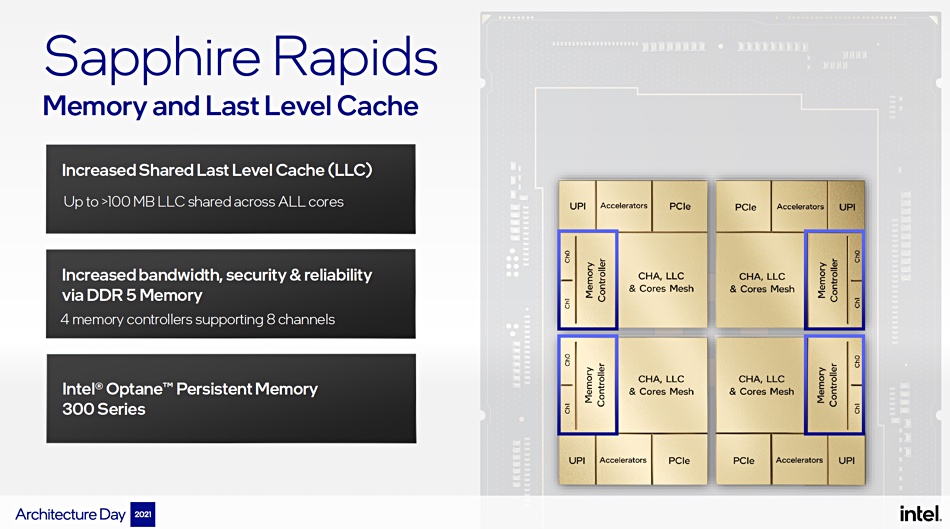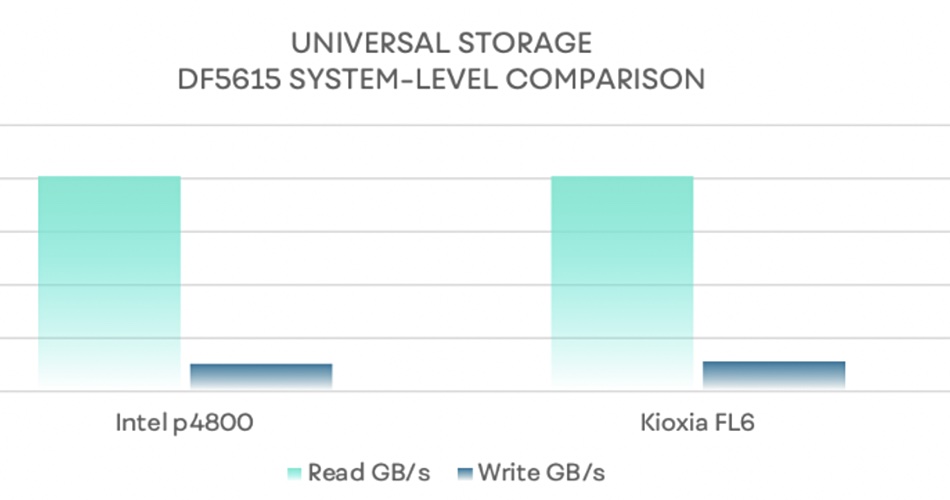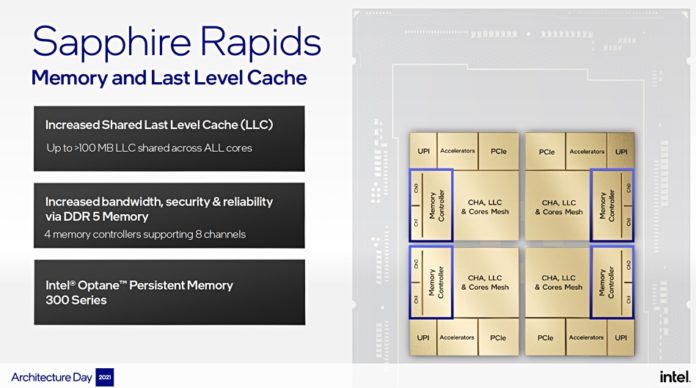Faced with slightly questionable Optane SSD supply security, on which it is dependent, enterprise file storage supplier VAST Data looked at alternatives and has qualified Kioxia’s FL6 Optane-class SSD as an alternative.
VAST Data offers single QLC (4bits/cell) flash tier Universal Storage and uses Optane drives to store metadata and act as an incoming write buffer. Micron has withdrawn from the 3D XPoint market and will stop supplying Optane drives to Intel at the end of this year. Intel develops 3D XPoint chips at its Rio Rancho, New Mexico facility but this is primarily an R&D centre. Hence questions over Optane and 3D XPoint’s future.
Jeff Denworth, a VAST Data co-founder and CMO, blogged about this last month, writing: “It’s … important for us to support (at least) a dual-vendor strategy for all of the components that comprise a Universal Storage cluster. … We have … recently finished qualification of our second storage class memory device, the Kioxia FL6 Series enterprise NVMe SCM SSDs.”
Intel said in May last year that it had a number of plants that could make 3D XPoint chips, but that was before it sold its NAND and SDD business to SK hynix. Optane was mentioned in Intel’s Architecture 2021 day in August, with, for example, the Sapphire Rapids Xeon CPU having next-generation Optane support. The Optane Persistent Memory 300 Series was specifically mentioned — see the bottom-left black box on the slide below.

This will be a follow-on from the gen-2 Optane 200 Series DIMM product and will, we understand, use gen-3 3D XPoint technology, possibly an 8-deck product.
However none of this is enough to prevent VAST Data dual-sourcing the technology needed for its metadata storage and write data buffering functions. Kioxia’s FL6 uses 96-layer 3D NAND formatted as SLC (1 bit/cell) with latencies between 25µs to 5µs. It comes in capacities of 800GB, 1.6TB and 3.2TB, with endurance of 60 drive writes per day.
Denworth blogs: “This drive uses a strain of ‘fast flash’ to deliver performance that is comparable to Intel Optane SSDs in the Mavericks (56-slot) enclosure our customers use. From a customer experience, our system’s performance delta is non-discernable.” He illustrates this with a chart:

This chart raises two or three questions. Our records show the P4800X delivers up to 2.4GB/sec sequential read bandwidth and 2GB/sec write bandwidth across a PCIe 3.0 interface. This read/write pattern is radically different from Denworth’s chart where writes are an apparent fraction of the read bandwidth. But the chart has no vertical axis numbers, making it difficult to interpret.
Kioxia’s FL6 uses PCIe Gen 4, obviously faster than PCIe Gen 3, and delivers up to 6.2GB/sec read and 5.8GB/sec write bandwidth. Again this near read-write equality is apparently radically different from Denworth’s chart.
We assume both the P4800 and FL6 numbers are based on the same PCIe 4.0 interface but we have no released numbers from Intel of how the P4800 performs across a PCIe 4.0 interface and, anyway, surely the P5800X would be used as that is a PCIe 4.0-supporting Optane drive. It delivers up 7.2GB/sec sequentially reading and 6.2GB/sec sequentially writing, quite a bit more than Kioxia’s FL6 and nearish equality in read and write performance..
We asked VAST what is going on here. Howard Marks, VAST’s Plenipotentiary Extraordinaire (tech evangelist) told us: “That chart shows the performance of two VAST systems. One with Optane and the other with FL6 SSDs as the metadata store/write buffer.
“Our current enclosure is PCIe 3 so we can’t take advantage of the PCIe 4 interface on the FL6, yet.
“The read/write asymmetry is from the VAST system where there are 12 SCM (Storage-Class Memory; Optane and/or FL6) SSDs and 44 QLC SSDs. The aggregate read bandwidth of all those QLC SSDs = lots of read bandwidth.”
Denworth is keen to stress VAST’s partnership with Intel is healthy: “Our partnership with Intel has never been stronger, and we’re not stopping. VAST and Intel are planning a number of significant additional collaborations in the future.”








